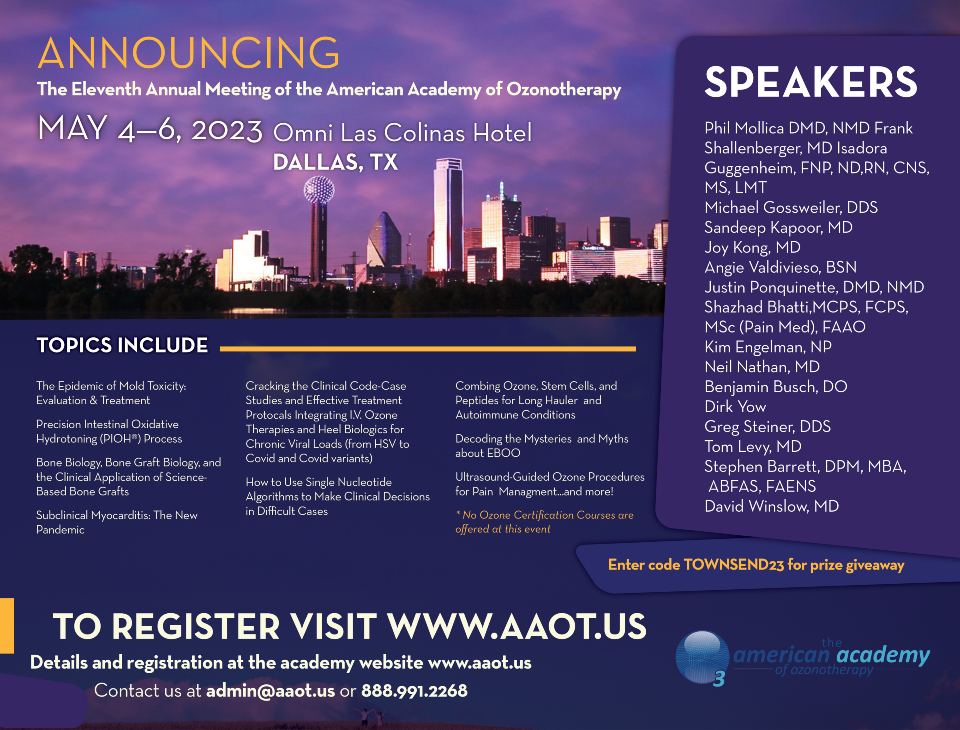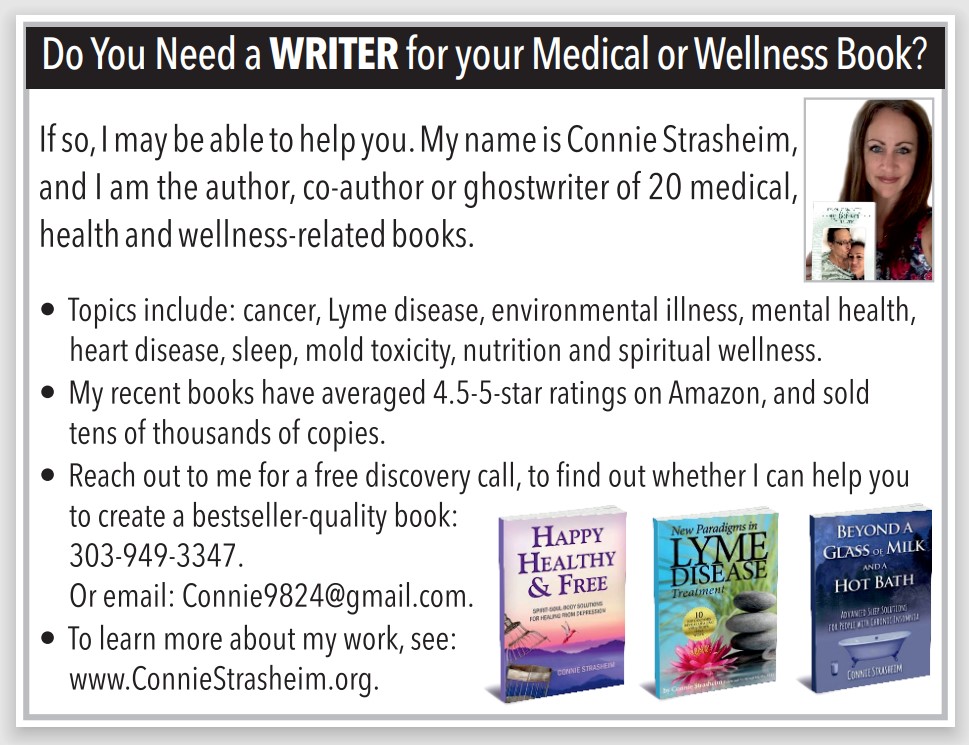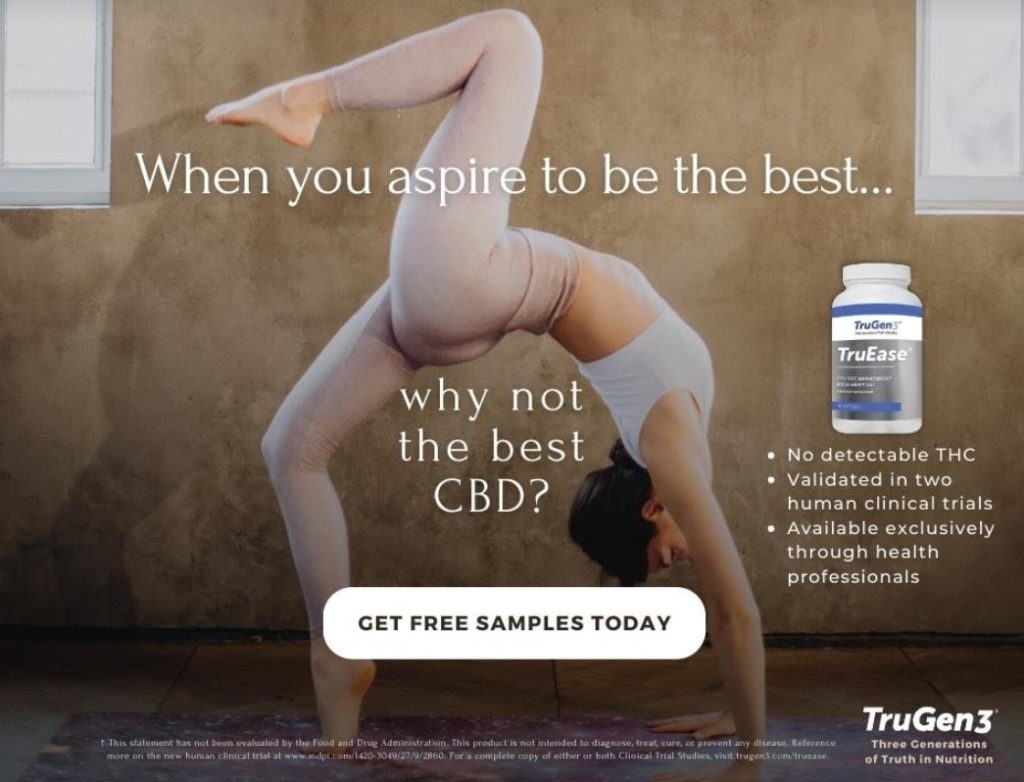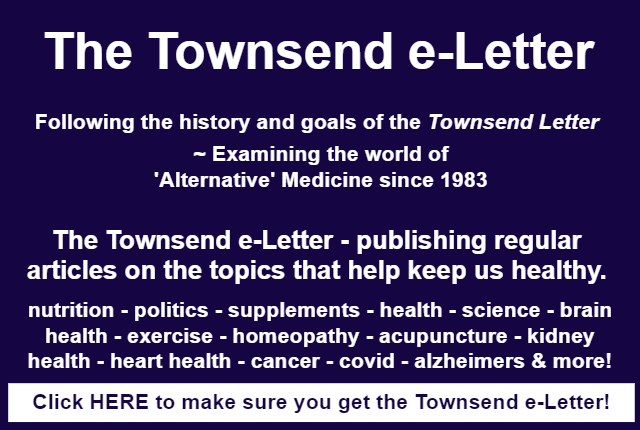Does Wearing a Mask Make a Difference During a Viral Outbreak?

Over the course of the Covid-19 pandemic, a mask mandate obligated everyone to don a mask in public spaces, especially in medical settings, schools, public transportation, government agencies, military bases, and indoor venues. The requirement to wear a mask on airplanes frequently brought on argument and strife between uncooperative travelers and flight attendants. Those individuals who did not wish to wear masks generally avoided going to places enforcing mask wearing.
Skeptics posted writing refuting the value of wearing a mask to prevent catching or spreading the virus. Public health agencies insisted on the effectiveness of wearing a mask and impugned those who said otherwise, labeling their claims as disinformation. Eventually a number of states peremptorily cancelled mask mandates until the CDC ultimately ended the mask mandate (except in medical settings) late in 2022. Nevertheless, the debate has continued as to whether mask wearing is effective.
A casual look into the medical literature does not afford any easy answers. Observational studies by their very nature are not sufficiently objective. Similarly, smaller studies while informative remain inadequate. Researchers for the Cochrane Database of Systematic Reviews in the UK decided to tackle this question, updating a review originally made in 2020. The current review published on January 30, 2023, searched for randomized controlled trials (RCTs) examining physical interventions, including masking and hand hygiene.1 Eleven new RCTs were included in the update for a total of 78 RCTs analyzed. The total number of participants were 610,872. Note that the majority of studies examined mask wearing prior to the Covid-19 pandemic; however, six trials done during the past three years were included.
The measure that the researchers were examining was the ability of mask wearing to prevent spread of viral infection. Both for flu and SARS-CoV-2, there was no difference in spread of viral infection whether one wore a mask or did not wear a mask. Additionally, the use of an N95 respirator compared to a medical/surgical mask made no difference in the spread of viral infection. On the other hand, the researchers found a slight difference in preventing infection comparing those individuals who wash their hands versus those who don’t. In other words, handwashing was seen to be more effective than wearing a mask.
One would think that the Cochrane study would be the ultimate word. Indeed, a NY Times column written by Bret Stephens and published on February 21 stated that Tom Jefferson, MD, the paper’s first author, an Oxford University epidemiologist, said that “there is just no evidence that they (masks) make any difference…full stop.” Jefferson remarked the same about N95 respirators: “Makes no difference…none of it.”
When asked why policy makers issued mandates to require everyone to wear masks, Jefferson responded that “They were convinced by non-randomized studies, flawed observational studies.” Jefferson was asked what about wearing a mask together with hand hygiene, physical distancing, and air filtration: “There’s no evidence that many of these things makes any difference.”
Jefferson is a key researcher in this review so his opinion should be a final answer to the question about the effectiveness of mask wearing. However, like many reviews, there are questions as to the quality of the evidence. The writing in this report did not cite “high certainty” evidence for the findings. Instead, the quality of evidence was termed “moderate certainty” evidence. In their evaluation of N95 respirators compared to medical/surgical masks, the lack of difference in effectiveness between the two was considered to be “very low certainty” evidence. The hand hygiene benefit was also shown to be “low certainty” evidence. It is unclear how Jefferson opines that mask wearing is of no benefit given the failure to have high certainty in their analysis.
Indeed, the authors conclude that their ability to draw a final conclusion is hampered by “the high risk of bias in the trials, variation in outcome measurement, and relatively low adherence with the interventions during the studies.” They further conclude that there is “need for large randomized control trials addressing the effectiveness of many of these interventions in multiple settings and populations, as well as the impact of adherence on effectiveness, especially in those most at risk of ARIs.”
I cannot imagine that we will see such large RCTs on mask wearing in multiple settings and with different socio-economic populations. After all, no one will profit from learning the answer to this, certainly not any drug company or medical university.
The NY Times columnist, Stephens, writes that based on the Cochrane review and Jefferson’s comments the public health policy of wearing masks should never again be mandated. Stephens feels that the public health authorities screwed up by mandating mask wearing and by labeling those against masking, spreaders of disinformation. Stephens would like the public health authorities to apologize but recognizes that federal bureaucrats do not apologize. He wonders if “we learned anything?”
Masks are still required at the hospital and in medical settings. Are we accomplishing anything or is it just part of the “art of medicine?”
Myocarditis: Once Rare, Now Common by Thomas E. Levy, MD, JD
Readers of the Townsend Letter are familiar with Dr. Tom Levy. He is the author of numerous books touting the efficacy of vitamin C in fighting infections (Curing the Incurable; Primal Panacea). Conventional medicine continues to ignore the role vitamin C plays in overcoming infectious disease, particularly in severely ill patients with sepsis. Levy has examined the medical literature citing an overwhelming number of studies substantiating vitamin C’s role in battling viral infection. Vitamin C should have been a key treatment during the Covid-19 pandemic.
Unfortunately, hospitalists treated intravenous ascorbic acid as something that was not effective and posed risk when administered at very low doses, such as 5-10 grams IV, every eight hours. As Levy details in this e-Letter, an effective dose of intravenous vitamin C is 50 or more grams administered every several hours. No wonder that the majority of hospital studies failed to show how effective vitamin C is in fighting Covid-19—the dose used was absurdly low!
Dr. Levy is a cardiologist, and he has become very concerned with the explosion in the number of cases of myocarditis occurring over the course of the pandemic. Before the pandemic, he had only seen a single case involving one young woman who had a viral infection. In the last three years, he has seen multiple cases in young, middle-aged and older adults, even in children.
From Levy’s perspective the evidence is clear that the spike protein of the SARS-CoV-2 virus and the Covid-19 mRNA vaccine are responsible for the inflammation initiating the myocarditis process. Levy is particularly concerned that the spike protein delivered by the vaccine series creates ongoing inflammation in the endothelial vasculature, causing microclotting as well as tissue injury.
Myocarditis frequently results in serious electrophysiologic changes such as atrioventricular block and atrial fibrillation. Both AV block and atrial fibrillation require medical treatment. Myocarditis may alter the heart electrophysiology in other ways. The “PR interval” is an ECG measurement of the time for the electrical signal to be conducted through the heart atria to the atrioventricular node. The time required for that conduction to occur is normally 0.12 to 0.20 seconds. It has been observed recently that many individuals have a longer time period required for that conduction to occur; instead of 0.20 seconds, the PR interval has been measured at 0.30 seconds.
The FAA has deemed that pilots who have a PR interval of 0.30 seconds or less are qualified to fly. Levy questions why there has been this regulatory change. A lengthier PR interval creates the opportunity for short-circuiting electrical signals in diseased myocardium to bypass the normal electrical conduction, potentially causing a serious arrhythmia event.
Prior to this year, the FAA pilot physical criteria required a PR interval of 0.20 seconds; a longer time interval resulted in failing the exam. Why did the FAA change the requirement in the Fall of 2022? Levy speculates that rampant cases of myocarditis forced the FAA to lengthen the PR interval standard. Moreover, he is worried now that the pilot who “falsely” passes the exam may be at undue risk for a major cardiac event while in flight.
Levy recommends that everyone, not just pilots, should be screened for myocarditis with blood testing of troponin and D-dimer. Those folks who have increased troponin and d-Dimer levels may have undiagnosed myocarditis and should undertake a comprehensive cardiac evaluation even if they feel asymptomatic.
References
1. Jefferson T, Dooley L, Ferroni E, Al-Ansary LA, van Driel ML, Bawazeer GA, Jones MA, Hoffmann TC, Clark J, Beller EM,Glasziou PP, Conly JM. Physical interventions to interrupt or reduce the spread of respiratory viruses. Cochrane Database of Systematic Reviews. 2023, Issue 1. Art. No.: CD006207. DOI: 10.1002/14651858.CD006207.pub6.
Published March 11, 2023



